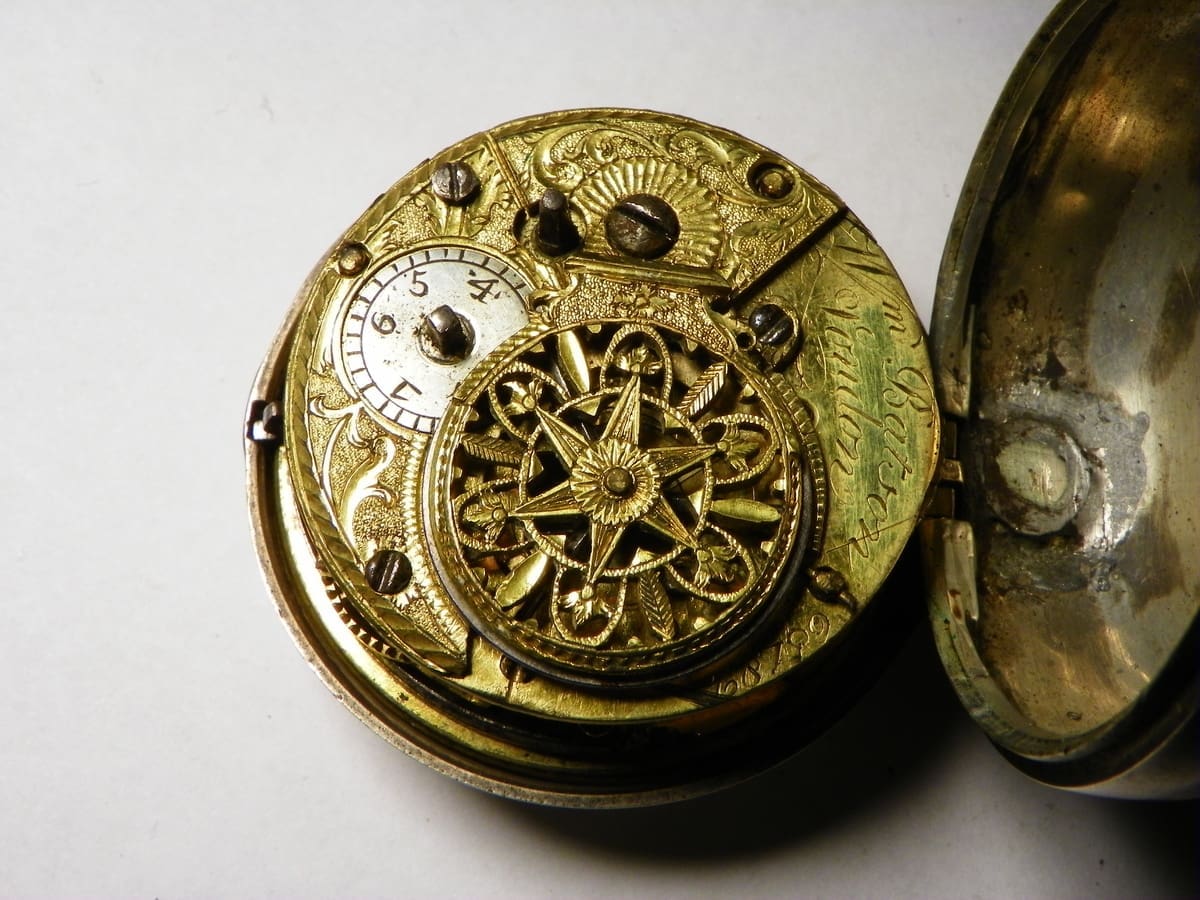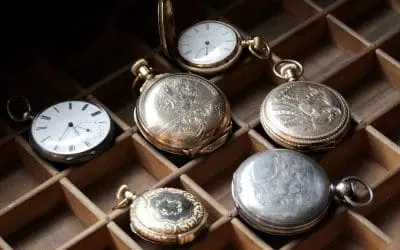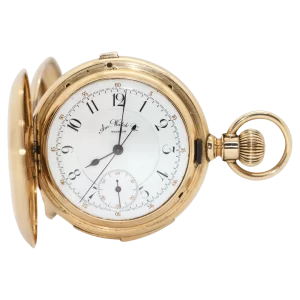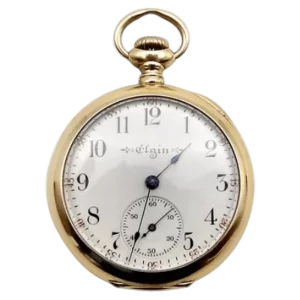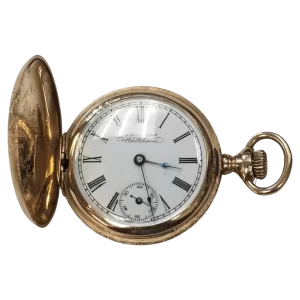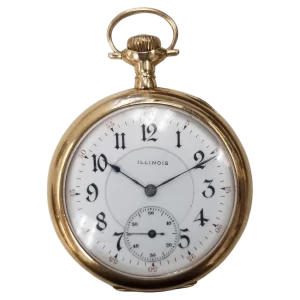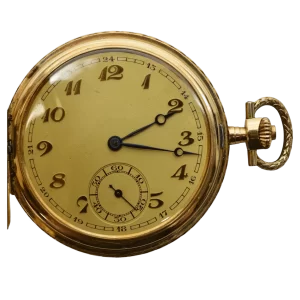Determining the age of a watch, especially older pocket watches, can be a complex task fraught with challenges. For many vintage European watches, pinpointing the exact production date is often an elusive endeavor due to the lack of detailed records and the variety of names under which these timepieces were marketed. Identifying the true manufacturer can be equally perplexing, leaving enthusiasts to rely heavily on experience and comparison with known examples. Conversely, American watch companies generally maintained more meticulous production records, making it feasible to estimate the production date of an American-made watch by examining the serial number engraved on its movement. It’s important to note that the serial number on the watch case, which was often produced by a different company, is not useful for dating purposes. This article delves into the approximate production dates based on serial number ranges for several prominent American watch companies, while also explaining why these dates are often only approximate. Factors such as pre-stamped serial numbers and reserved blocks for specific models can lead to discrepancies, meaning the serial numbers may not always follow a strict chronological order. Consequently, the actual date a watch left the factory can sometimes remain a mystery.
With many old pocket watches, it is difficult or even impossible to determine the exact date of production. In many cases, especially with lower grade European watches that were marketed under a variety of names, it is often impossible to even determine who the true manufacturer is. Many times, you have to rely solely on experience, comparing known examples to a watch at hand.
Most major American watch companies, on the other hand, kept relatively detailed production records, and it is often possible to determine the approximate date of an American made watch based solely on the serial number engraved on its movement (note that cases were made separately, often by entirely different companies, and on the serial number on the movement can be used to date a watch). In this chapter, I list approximate production dates based on serial number ranges for some of the more common American watch companies.
As for why the production dates are often only approximate, even for American companies that kept records, keep in mind that many companies stamped watch parts with serial numbers well in advance of the watch actually being assembled and sold. In addition, some companies reserved blocks of serial numbers in advance for certain models and grades, meaning that the serial numbers may not always be in strict chronological order. For these reasons, the actual date a particular watch left the factory may vary by as much as a couple of years from the date listed in the following tables.
To use the tables below, first determine the manufacturer of your watch. If it is one of the manufacturers listed below, locate the serial number on the watch’s movement (not the outer case). Then, in the appropriate table, locate the closest serial number that is higher than your watch’s serial number and look to the column immediately to the right to determine the approximate date. For example, if you had an American Waltham watch with a serial number of 7427102, you could determine that it’s approximate date of production was 1896 as follows:





